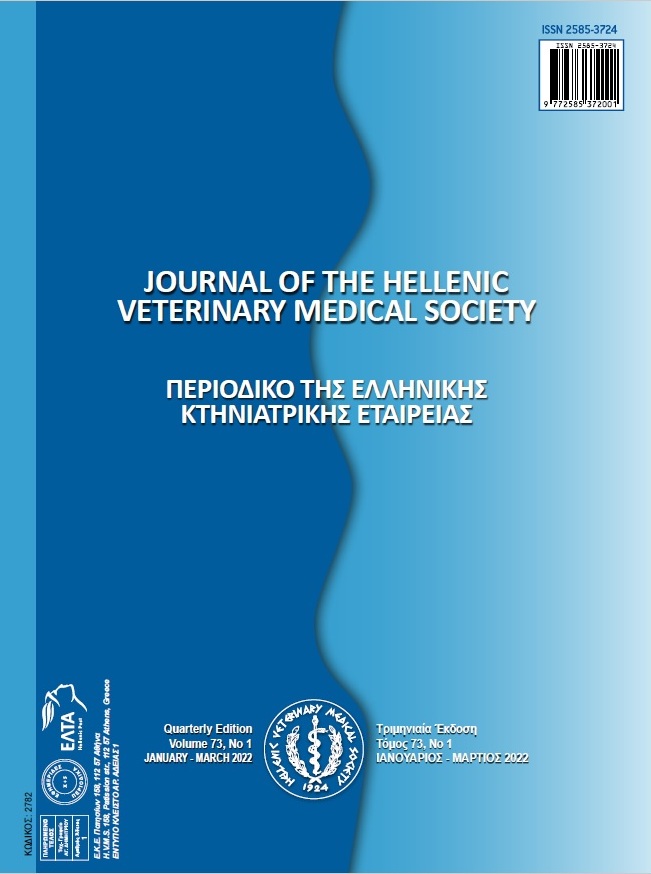A mini-review of toxicokinetics and toxicity of heavy metals in marine and freshwater fish

Abstract
The aquatic environment continues to be polluted by anthropogenic activities that cause heavy metals contamination of fish. These trace metals contaminants are present in abundance in the aquatic environment because their inputs also originate from several natural processes. In addition, they are bioaccumulative, persistent and non-biodegradable over time. Therefore the present mini-review accounts for to assesses the bio-kinetics and known effects of the heavy metals and their toxicity in fish. Among the most toxic metals are arsenic (As), cadmium (Cd), lead (Pb) and mercury (Hg), and they have been the primary focus of many aquatic ecotoxicological studies in recent years. According to the previous studies analyzed; heavy metals bioaccumulate in the body of fish, whose kinetic activity depends on the metal and also varies from one fish species to another, and can cause irregular and sometimes devastating effects in different organs and systems of the body, acute or chronic, depending on the duration of exposure and the dose of metal assimilated through water or food. Metal uptake can affect all life stages of fish, and these effects are a function of the concentration of the metal in the surrounding environment, its chemical form and also the type of the water in which it lives; fresh or marine.
Article Details
- How to Cite
-
Mehouel, F., & Fowler, S. W. (2022). A mini-review of toxicokinetics and toxicity of heavy metals in marine and freshwater fish. Journal of the Hellenic Veterinary Medical Society, 73(1), 3561–3570. https://doi.org/10.12681/jhvms.25407
- Issue
- Vol. 73 No. 1 (2022)
- Section
- Review Articles

This work is licensed under a Creative Commons Attribution-NonCommercial 4.0 International License.
Authors who publish with this journal agree to the following terms:
· Authors retain copyright and grant the journal right of first publication with the work simultaneously licensed under a Creative Commons Attribution Non-Commercial License that allows others to share the work with an acknowledgement of the work's authorship and initial publication in this journal.
· Authors are able to enter into separate, additional contractual arrangements for the non-exclusive distribution of the journal's published version of the work (e.g. post it to an institutional repository or publish it in a book), with an acknowledgement of its initial publication in this journal.
· Authors are permitted and encouraged to post their work online (preferably in institutional repositories or on their website) prior to and during the submission process, as it can lead to productive exchanges, as well as earlier and greater citation of published work.


